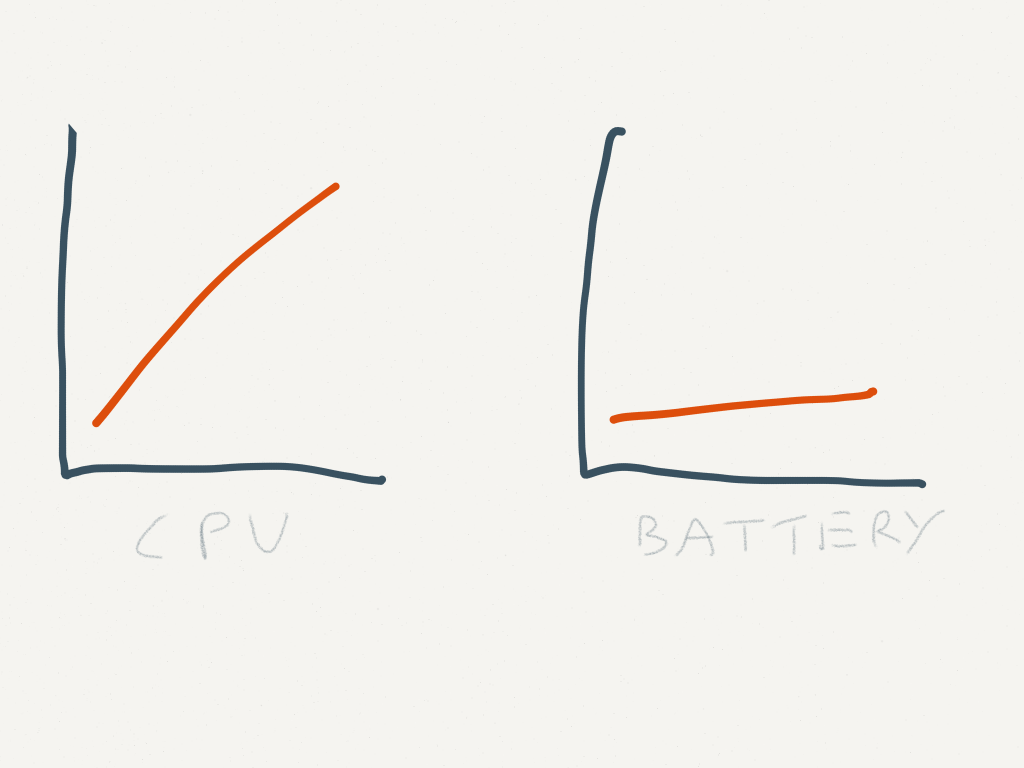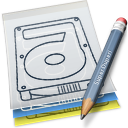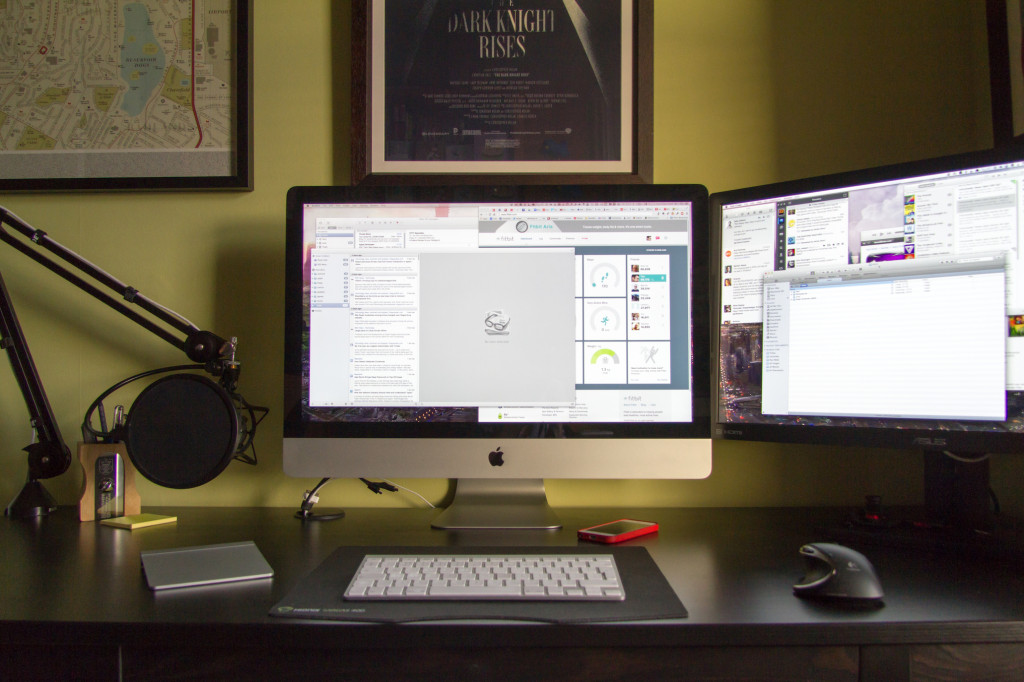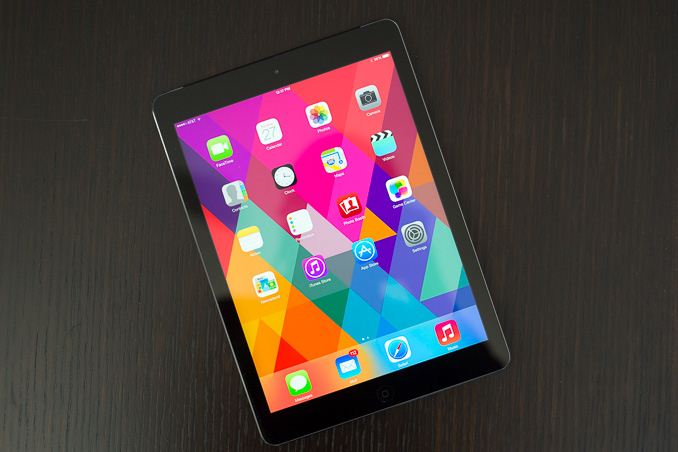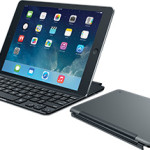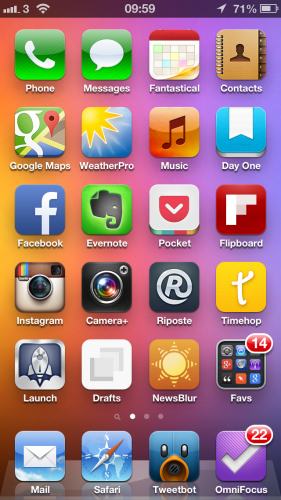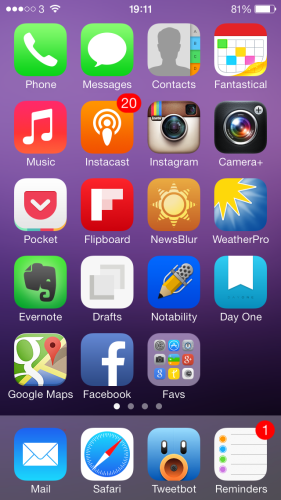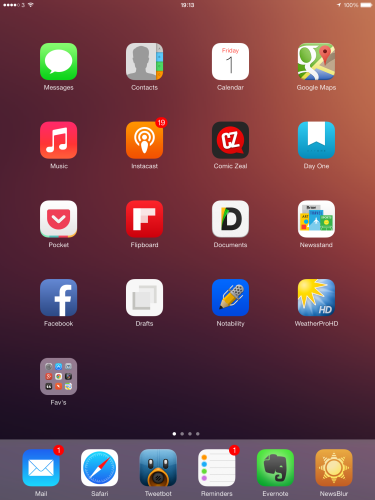Apple released iOS 9, watchOS 2 and OS X El Capitan over the last couple of weeks. What’s remarkable about the updates, and it looks to be the same for the upcoming version of Android, is the lack of much new in iOS or Mac OS X. There’s much under the hood but for end users there’s little to get excited about.
El Capitan
A couple of the biggest changes are really for laptop users – split view and mission control. Split view lets you focus on two apps easily at the same time. Nothing you couldn’t do before but maximises focus on the job in hand. Mission control makes it easier to work with multiple screens and desktops and the changes are much welcomed – it’s far improved over Yosemite.
Spotlight improvements are OK but won’t replace Alfred for me. Notes is much improved and really is quite the credible competitor to Evernote which is something I need to look at going forward and Photo’s finally add’s some much needed editing features plus support for extension. For me the best new features are a couple of the smallest.

Apple have stolen pinned tabs from Chrome and also the ability to see which tab is currently ‘speaking’ and allowing you to quickly mute Safari. However the pinned tabs are so drab looking – why Apple? Also it’s criminal that Safari updates, and many of the App updates, are now tied to a yearly OS update from Apple, especially when the App updates are so small. I doubt Apple will change that strategy as it’s the same across all their platforms. It’s also criminal that Safari really feels like the new IE.
Anyway, it’s free and it’s been stable for me so far so it gets a grudging thumbs up.
iOS 9
I didn’t take part in any of the open beta’s or put on a developer build this year so iOS 9 is relatively new for me but again there is very little to get excited about. It says it all when much of the talk was of a new system font, San Fransisco, which is nice but isn’t really ‘a feature’.
Notes see’s a good upgrade and there is also now a News app but only in the USA right now, seemingly 9.1 will bring that to the UK. Passcode is now Wallet which makes more sense although there still isn’t much support for it.
The iPad updates are probably the most interesting. Slide Over allows a second app to be running at the same time as a main app is visible. It works well but I have a couple of issues with it. You can’t search for an app so you need to scroll through a list of apps that support Slide Over which is only going to grow. I also tend to launch Slide Over when I’m reading on the iPad accidentally. I’m sure it’s just muscle memory but it niggles.
Split View is an extension of Slide Over and allows two apps to run concurrently. For app’s that support it this is excellent but I’m surprised at how many Apple app’s don’t currently work in this mode. The final iPad nicety is picture in picture meaning iPlayer can run in a small window while you work on a document. Works well but again not all apps support it.
Siri has seen a few new features but I still struggle to get into the habit of using it, mostly due to it not working reliably. When it does it can be quite magical but when it doesn’t I just feel frustrated.
The best new feature for me so far has been app linking and slightly behind deep linking. App linking shows when you jump to Safari from an app, say Facebook. In Safari you get a link to jump back to Facebook so rather than double tapping home you just click the link and back to the app you go. Makes for far quicker navigating through iOS. Deep linking is for certain app developers only like Twitter. A tweet link will now open in the main Twitter app rather than in Safari. Better experience although I’d have preferred there to be an option to pick third party apps like Tweetbot instead of the main Twitter app.
So lots to like in iOS 9 but quite an incremental update. If it allows Apple to focus on stability and improving iCloud then all the better.
watchOS 2
This was probably the most anticipated Apple release – could watchOS 2 unlock third party apps and make the watch more usable? Kind off.
Watch faces have a few new options. There are now time lapses which do look great but don’t support any complications. Equally you can now pick a photo or photo album to be used as a watchface background. These can look great but again lack complications. The photo option has also spawned Apple Faces which has a great set of custom photos that can look really good on the watch. I really like the see through watch.
The other tweak to watchfaces is to add some colour. Utility now shows activity rings with colour and I love that change. However it’s caused much angst among some Apple fan’s due to the lack of control they now have in setting the colour in the Utility watchface. I’m surprised Apple didn’t add a multicolour option so that everyone would be happy – maybe watchOS 3. Speaking of complications we’ve now got third party complications which means I can now have Dark Sky instead of the default weather app and I’m sure there will be more from other dev’s going forward.
I’m really liking Nightstand – turn your watch onto it’s side and it turns into an alarm clock. The watch will display the time and alarm then switch off the screen. Touch/move the watch through the night and the screen lights up for a few seconds. Simple but effective.
Other features like Time Travel and improved Siri are welcome but the most anticipated, app’s running natively, has proven to be a bit of a false dawn. Certainly Dark Skies and PCalc now run a lot faster. PCalc in particular is a handy app to have on the watch now that it runs so quickly. Many others though are still relatively slow and I’m not sure if this is as good as this hardware will allow or wether we’ll see further improvements.
So some nice updates but I’m left wanting more. I’d love to see custom watch faces, I’d love to have fuller control over a watch face as well. I want better performance. But the watch for me has been really useful as a notification device and for that alone I wouldn’t want to lose it. watchOS 2 is a definite step up and hopefully we’ll see some more from dev’s over the coming months.
